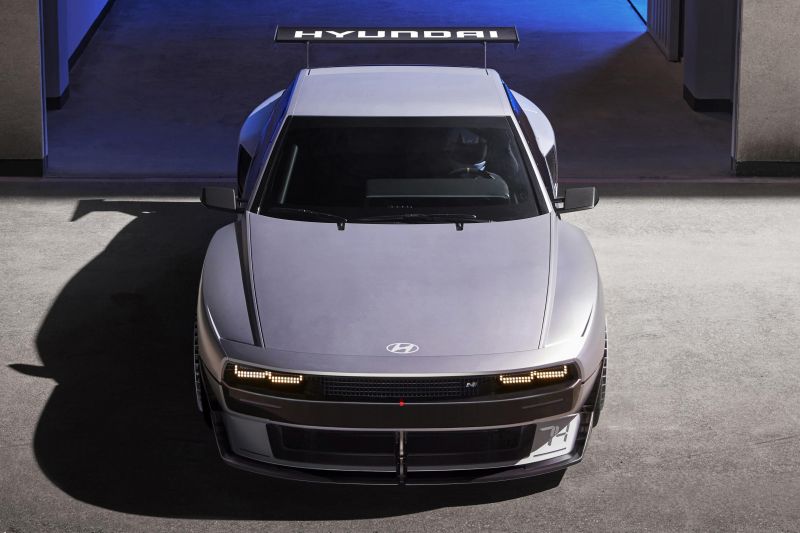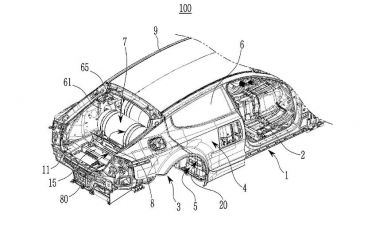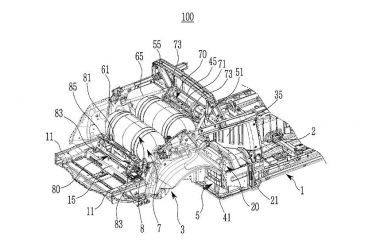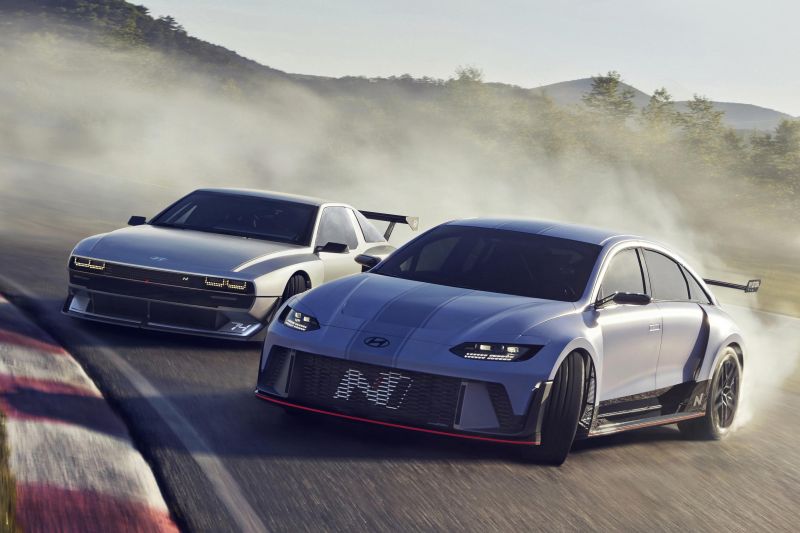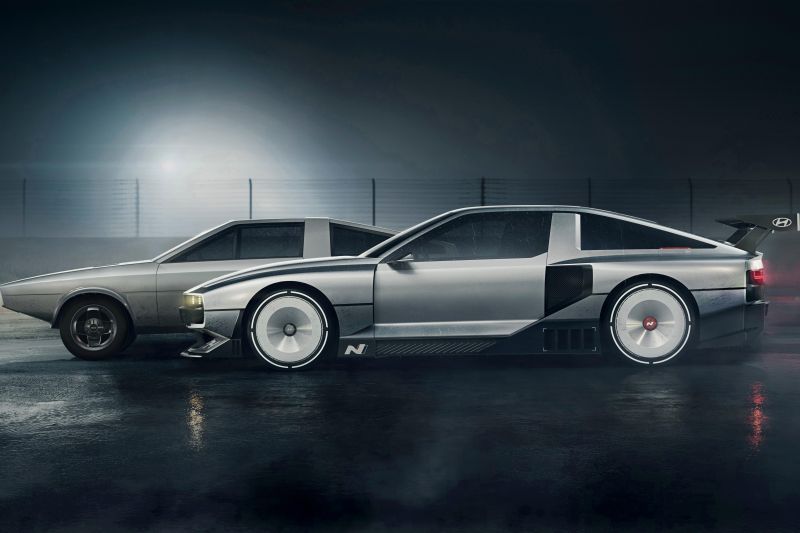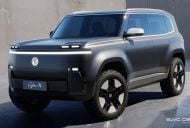A hydrogen Hyundai sports car is reportedly coming in 2026, based on the retro N Vision 74 concept.
Korean outlet ETNews reports word from industry sources the 596kW coupe will debut in the first half of 2026 and be limited to 100 units.
70 examples will be available to purchase publicly, while the other 30 are reportedly going to be reserved for racing.
This news comes after Hyundai executives said earlier this year the project wasn’t going into production.
However, Hyundai recently trademarked the N74 name, while Hyundai N vice president Till Wartenberg told CarExpert he personally wishes to see “that car in the near future on the street” but it needs “a lot of discussion”.
ETNews reports the hydrogen-electric drivetrain is set to exceed power expectations, offering 800hp or 596kW – up from the 500kW of the concept.
The sports car will reportedly be able to reach 100km/h from rest in three seconds.
Based on what is previously known about the car, the hydrogen fuel stack will commit 95kW to the total, with a claimed top speed of 250km/h.
ETNews also reports the cruising range will drop from 600km to between 400-500km for the production model.
Furthering the likelihood of a production model is a recent patent filing to the U.S. Patent and Trademark Office.
The patent details the arrangement of the hydrogen fuel tanks in the rear structure of a vehicle. Interestingly, the rear structure depicted in the patent images is that of the Kia Stinger, but encapsulating two hydrogen tanks.
The tanks are double stacked in a perpendicular fashion, much like the N Vision 74 rolling lab concept. The tanks remain behind the passenger cell in the rear of the vehicle.
In the N Vision 74, the 4.2kg hydrogen tanks can be refuelled in just five minutes.
A hydrogen-electric vehicle generates power through turning hydrogen into electricity, which can be used in its drive motors.
The tanks send liquid hydrogen fuel to a fuel cell, which is a collection of membranes that use oxygen and hydrogen to create electricity, with the only emissions being water.
In the N Vision 74 rolling lab, a 62.4kWh battery capable of 800W fast-charging stores the electricity and powers the electric motors that drive the car.
The N Vision 74 was first revealed in July last year, alongside the RN22e rolling lab concept that was dressed up as an Ioniq 6 and informed what eventually became the Ioniq 5 N.
The Hyundai N Vision 74 rolling lab concept takes inspiration from the Hyundai Pony Coupe concept from 1974.
If the N Vision 74 concept does indeed become reality, it’s possible Hyundai could use various components from its Ioniq 5 N performance flagship model.
The Ioniq 5 N features a dual-motor all-wheel drive powertrain that produces total system outputs of 448kW of power and 740Nm of torque.
It’s powered by an 84kWh battery pack, the largest Hyundai has ever offered in an electric vehicle.
The Ioniq 5 N also has an ‘N Grin Boost’ (NGB) function that ups the outputs to 478kW and 770Nm for 10 seconds.
This is 48kW and 30Nm more than the related Kia EV6 GT, and 239kW and 165Nm more than the dual-motor version of the regular Ioniq 5.
Hyundai claims the Ioniq 5 N can do the 0-100km/h sprint in 3.4 seconds when using the NGB function, and flat out you’ll be doing 260km/h.





